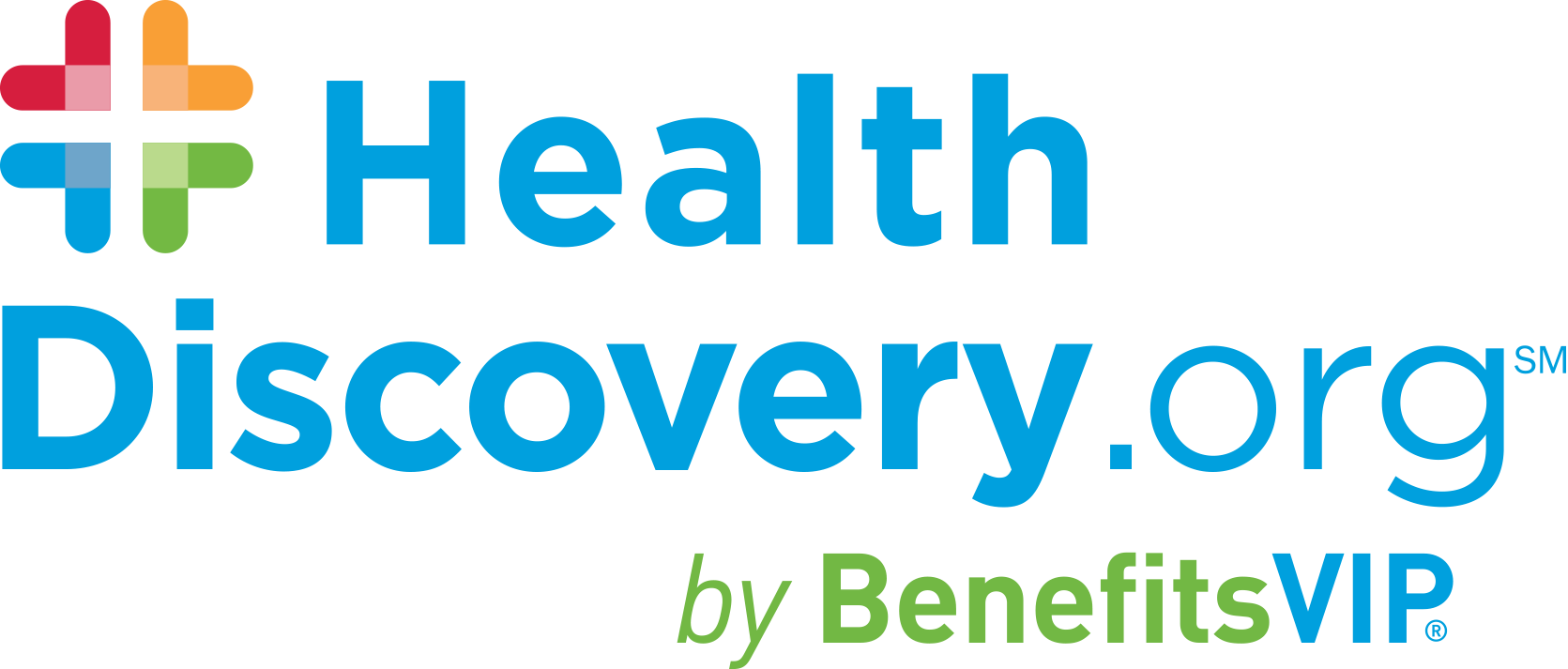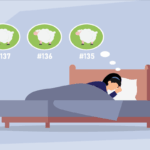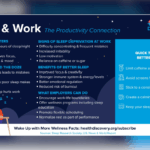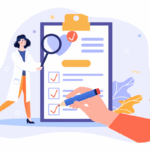Burnout is more than just feeling tired; it’s a state of emotional, physical and mental exhaustion caused by prolonged stress. And it doesn’t discriminate. Whether you’re in a corporate office, hospital, classroom, warehouse, retail store, working remotely – anywhere – burnout can sneak in and take a toll on your health and productivity.
The good news? Burnout can be managed and even prevented with the right strategies.
Recognize the Warning Signs
The first step is awareness. Burnout often builds slowly, showing up as constant fatigue, reduced motivation, irritability and/or trouble concentrating. You might find yourself dreading work or feeling detached from your job. If you’re experiencing any of these signs of burnout, it’s time to take action.
Set Clear Boundaries
In our “always-on” culture, it’s easy to blur the lines between work and personal life — especially for remote workers. Whether it’s turning off email notifications after hours or taking your full lunch break, boundaries are key. For frontline or shift workers, this might mean learning to say no to extra shifts or speaking up about unrealistic workloads.
63% more likely to call out sick
23% more likely to visit an ER
2.6x as likely to seek a different job
-Harvard Business Review
Take Breaks and Rest Seriously
Skipping breaks to “power through” usually backfires. Regular microbreaks throughout the day help refresh your brain and improve focus. Use your vacation days when you can — rest isn’t a luxury, it’s a necessity.
Prioritize What Matters
Not all tasks are created equal. Use tools like the Eisenhower Matrix or simple to-do lists to focus on what’s truly important. Delegate or drop tasks that don’t need your attention. Want something more complex? Try the Pomodoro technique. Feeling productive (not just busy) can be energizing.
Talk It Out
Isolation can make burnout worse. Talk to your manager, a coworker or a friend. Many workplaces now offer mental health resources like Employee Assistance Programs (EAPs) — don’t hesitate to use them. Open conversations about stress and capacity can lead to real change in workload and expectations.
Create a Supportive Environment
Managers and leaders play a huge role in preventing burnout. That means fostering a culture where breaks are encouraged, workloads are manageable and employees feel heard. Check-ins shouldn’t just be about deadlines; they should include well-being.
Move, Breathe, Disconnect
Exercise, mindfulness and digital detoxes are powerful tools. Even short walks or five-minute breathing exercises can lower stress. Try disconnecting from screens before bed or having a tech-free hour after work to reset.
Burnout isn’t a personal failure — it’s a signal that something needs to change. By recognizing the signs early and creating healthy work habits, anyone, in any role or workplace, can start to take control and feel better. Work may not always be easy, but it should never cost your well-being.











